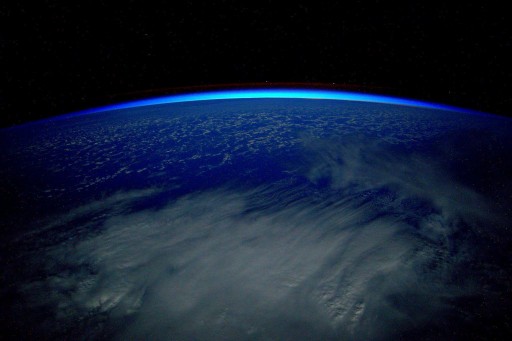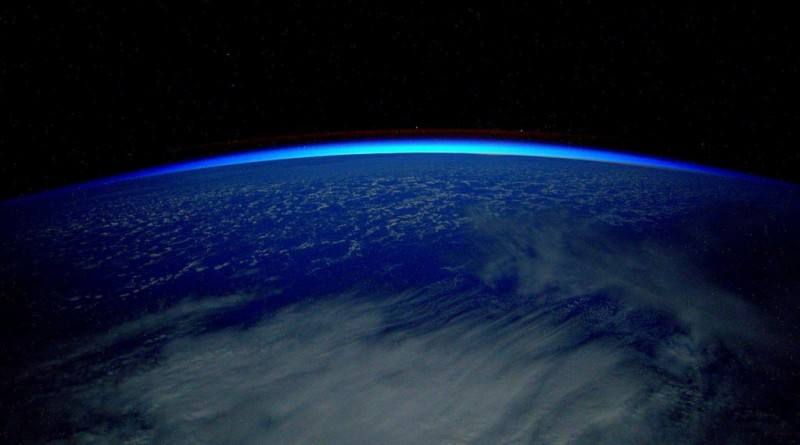ISS Operations Update – January 5, 2016

Experiments:
Fluid Shifts Sample Collection [Fluid Shifts Before, During and After Prolonged Space Flight and Their Association with Intracranial Pressure and Visual Impairment. Known as the Fluids Shift study, this experiment is one of the most complex integrated experiments ever performed on ISS using pieces of US and Russian hardware to attempt to quantify the amount of fluid shifting from the lower body to the upper body when transitioning from a gravity to a microgravity environment. This will also lead to an understanding of effects of the fluid shift on fluid pressure in the head, changes to vision and eye structure. Effects on the eye caused by elevated intracranial pressure include globe flattening, choroidal folds, and alteration of the optic nerve.]
Biological Rhythms 48 Hours [The BLR48 and Circadian Rhythms Study will examine the role of synchronized circadian rhythms and possible maintenance during long-duration spaceflight and addresses the impacts to crew members’ health and wellbeing. Understanding how the dark/light cycle and sleep shifting affects circadian rhythms and with that the performance of the crew members will enable scientists to develop new sleep shifting techniques for crew members in space and shift workers on Earth.]
Habitability [Assessment of International Space Station Vehicle Habitability will see teams on the ground study video of the behavior of crew members within the habitable environment of ISS while the crew fills out questionnaires and collects video of areas of interest in order to provide an assessment of the habitability of ISS in its current state for a one-year mission. Results will be used to develop spacecraft with improved habitability properties to allow crew members to optimally utilize the onboard space.]
Journals [Electronic journals will be kept by the crew members to allow psychologists to study behavioral issues that are associated with the isolation and confinement over long-duration space missions. Journals from 6-month ISS mission have amounted to a total of 1,100 written pages, but no data beyond those six months is available making this an interesting opportunity to study the impact of isolation in the confinements of ISS over a longer period.]
Matryoshka-R – Dosimeter Readings [Matryoshka-R consists of a number of radiation dosimeters that are set up inside the space station to assess radiation exposure of the crew relative to ISS position in its orbit and shielding provided by the modules.]
KPT-10 – Kulonovskiy Kristall Hardware Setup & Experiment Ops [The KPT-10 telescience study examines “dynamic and structural characteristics of the Coulomb systems formed by charged dispersed diamagnetic macroparticles in a magnetic field (trap), investigating the following processes onboard the ISS RS (Russian Segment): condensed dust media, Coulomb crystals, and formation of Coulomb liquids due to charged macroparticles,” the NASA experiment overview notes.]
Interactions Experiment [‘Vzaimodeistviye’ (Interactions) looks at psychological aspects of long duration space flight during which different cultures come together aboard a Spacecraft such as ISS and seeks to improve crew interactions aboard ISS and with teams on the ground.]
Maintenance/Systems:
Nominal Inspections/Servicing Tasks (Morning Inspection, Caution & Warning Panel Check, Sozh System Maintenance) (Russian Crew)
Kubik-6 Incubator: Replacement of centrifuge and thermal electronics boxes
Enhanced Caution and Warning System (ECWS) Onboard Training
Elektron Oxygen Generator: At startup, Elektron experienced a fault and troubleshooting did not resolve the issue. Elektron has been purged and deactivated while specialists in Russia investigate the issue.
Fire extinguishers replacement in Service Module
Test activation of ВР and ЕСG monitors
Dust Filter Replacement in Zarya
Installation of cover sheets on SM interior panel 334
Other Activities:
Extravehicular Mobility Unit Cooling Loop Scrubs and water sampling (EMU #3005 & #3008)
Virtual Reality Review of EVA Translation Paths and Worksites
EVA Brush Tool construction
EVA Equipment Collection
Progress MS Cargo Operations
Mobile Servicing System: Canadarm2 was powered up to pick up the Special Purpose Dexterous Manipulator (SPDM) from Mobile Base System (MBS) Power and Data Grapple Fixture (PDGF) #2. SPDM was put through Latch End Effector (LEE) and Backup Drive Unit (BDU) Diagnostics before the MSS was maneuvered to the appropriate position to begin Robotic Refueling Mission (RRM) Task board #4 (TB4) operations.

